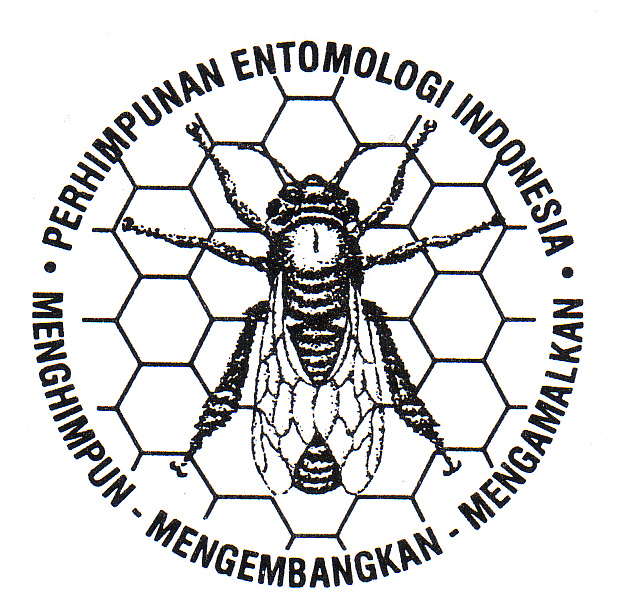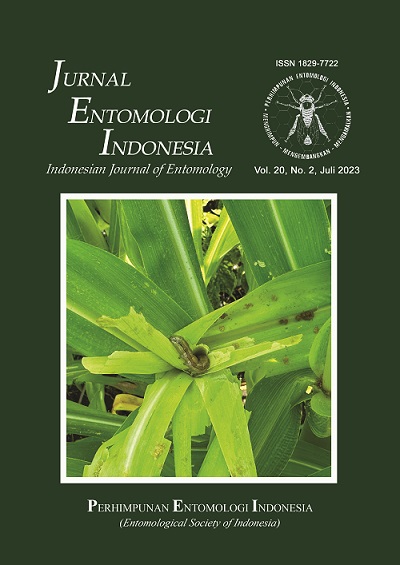Keefektifan penggunaan Dua Jenis Ovitrap untuk Pengambilan Contoh Telur Aedes spp. di Lapangan
DOI:
https://doi.org/10.5994/jei.6.2.95Keywords:
natural, artificial ovitrap, preference to hatch Aedes sp. eggsAbstract
In the last three decades, there has been a four fold increase of dengue incidence globally. The control of the disease depends heavily on controlling the vector. Therefore, it is necessary to develop an ecological data of vector to identify the population density of the mosquitoes. One method to study the density and presence of the mosquitoes is through the use of ovitrap. The aim of this research is to identify the effect of two different types of ovitraps. One hundred and eighty ovitrap consist of coconut shell and glass ovitrap were placed in three different subdistricts which was selected based on the Incidence Rate of DHF in the district of Purwokerto City. The container indices and eggs density were compared between two types of ovitrap. Research was conducted using experimental quasy and the data were analyzed with the Mann-Whitney test. The total amount of eggs from coconut shell ovitrap were 9328 of eggs were obtain from 51.33 of ovitrap while the total amount of eggs from glass ovitrap only 1858 of eggs were obtain from 29 ovitrap. Statistical test showed significant difference between the amount of eggs of coconut shell higher than the glass. Mosquitoes prefer natural coconut shell ovitrap compared with artificial ovitrap so we recommended that to eradicate the mosquitoes nest, should not only artificial containers but also natural container to be managed in order to control the dengue vector.Downloads
Published
2016-12-15
How to Cite
Wahyuningsih, N. E., Rahardjo, M., & Hidayat, T. (2016). Keefektifan penggunaan Dua Jenis Ovitrap untuk Pengambilan Contoh Telur Aedes spp. di Lapangan. Jurnal Entomologi Indonesia, 6(2), 95. https://doi.org/10.5994/jei.6.2.95
Issue
Section
Articles
License
Authors who publish with this journal agree to the following terms:
- Authors retain copyright and grant the journal right of first publication with the work simultaneously licensed under a Creative Commons Attribution 4.0 International License that allows others to share the work with an acknowledgement of the work's authorship and initial publication in this journal.
- Authors are able to enter into separate, additional contractual arrangements for the non-exclusive distribution of the journal's published version of the work (e.g., post it to an institutional repository or publish it in a book), with an acknowledgement of its initial publication in this journal.
- Authors are permitted and encouraged to post their work online (e.g., in institutional repositories or on their website) prior to and during the submission process, as it can lead to productive exchanges, as well as earlier and greater citation of published work (See The Effect of Open Access).








